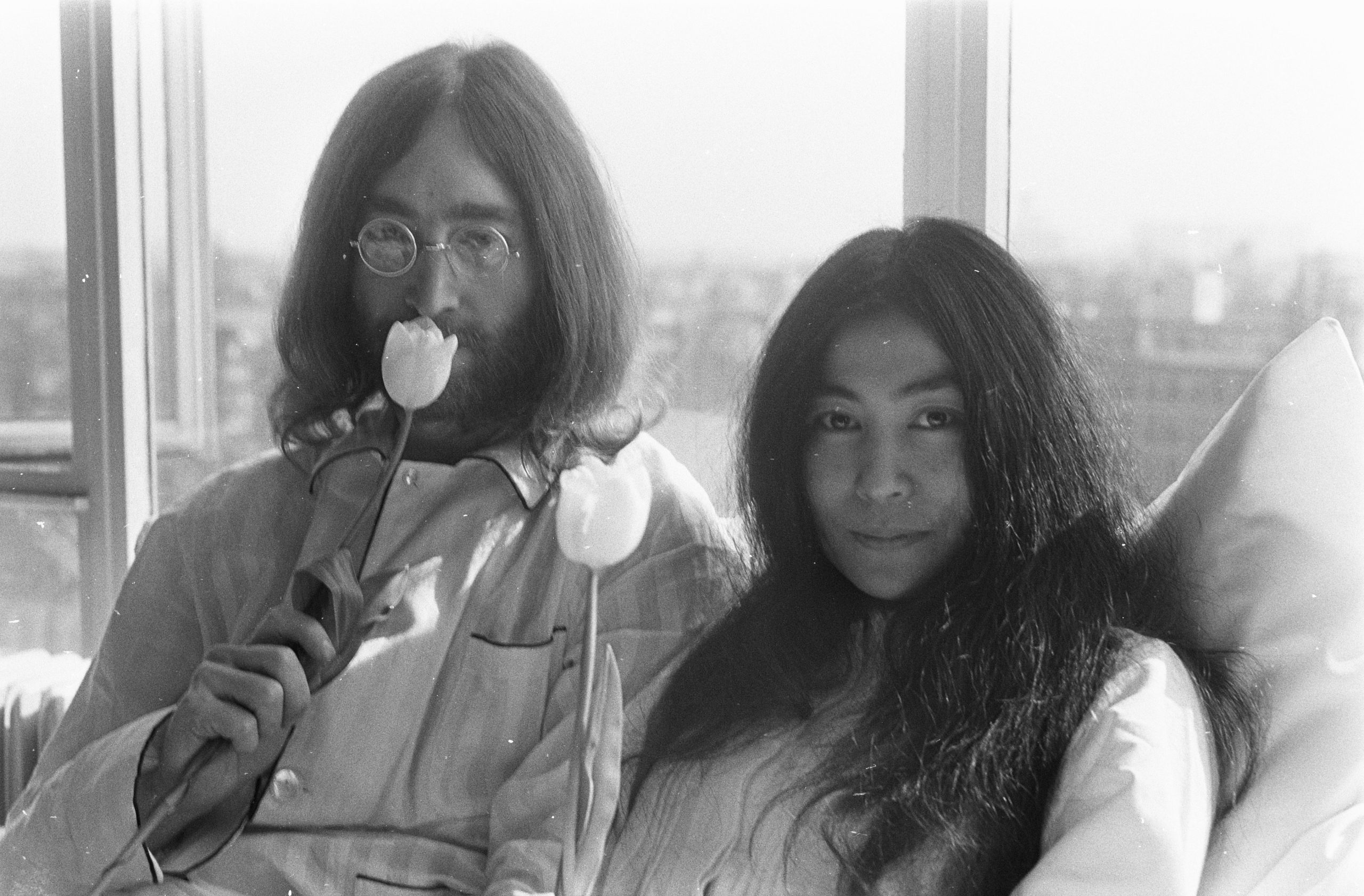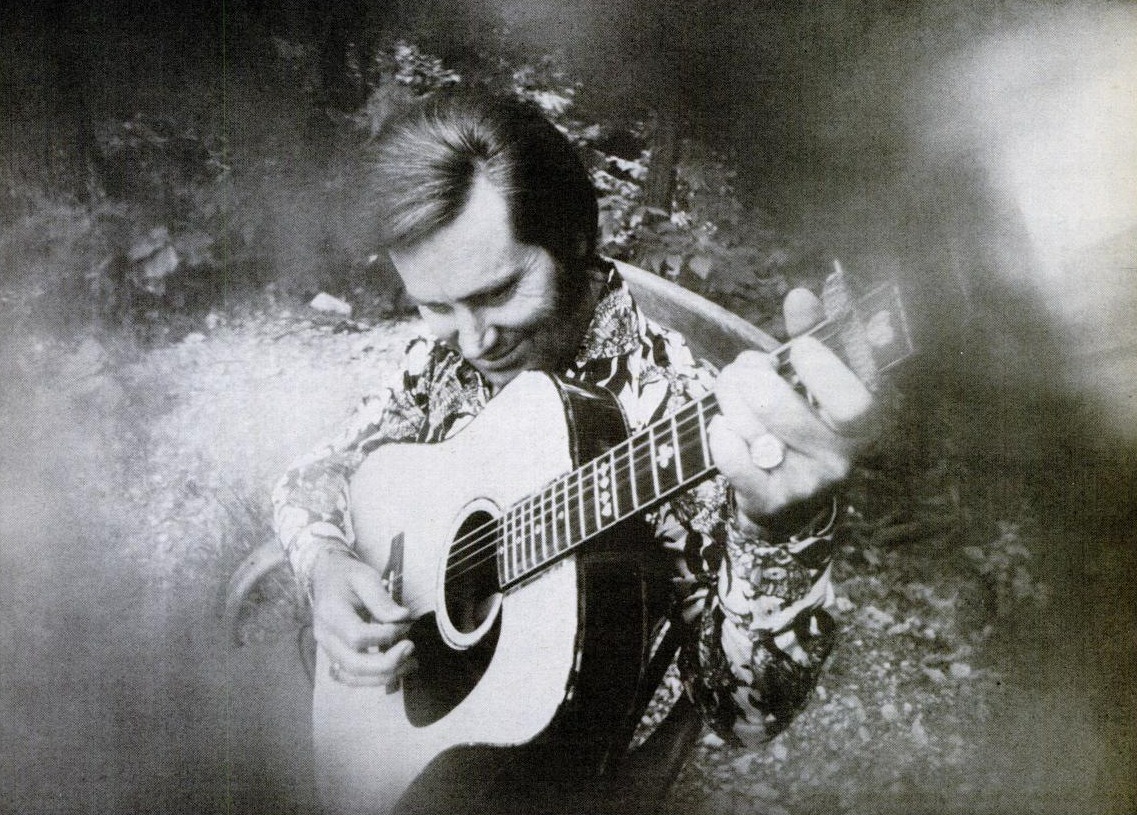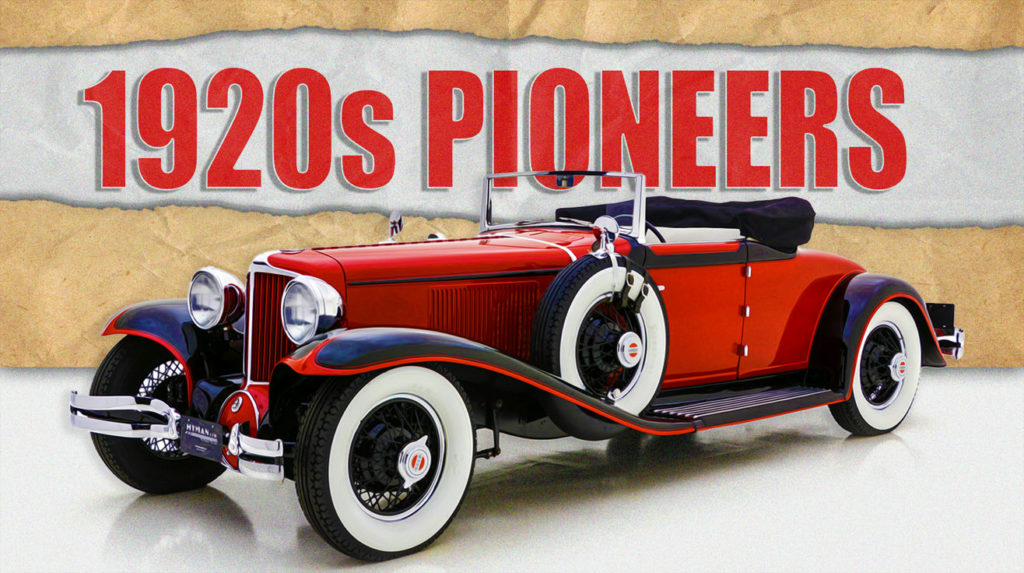
Finding true automotive excellence today feels impossible among all these cookie-cutter designs. But don’t worry – the solution lies in those remarkable 1920s classics that wrote the rulebook for what makes cars special. Take the Blower Bentley, for instance, which perfectly blended raw performance with unmistakable character. Unlike today’s vehicles, these mechanical marvels weren’t just status symbols but genuine engineering breakthroughs wrapped in designs you could never forget.
Discover how these incredible classics still influence every car you drive today.
15. 1925 Rolls-Royce Phantom I Jonckheere Coupe (Exterior)
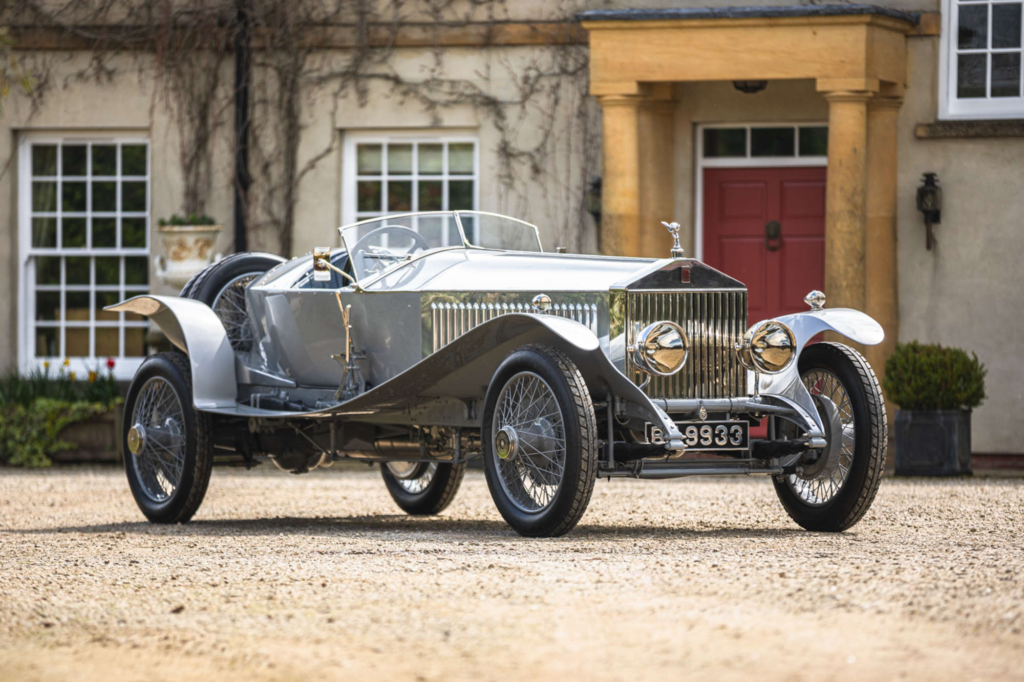
Ever seen a car that makes a Lamborghini look boring? Meet the Round Door Rolls. This jaw-dropper began as a standard Phantom I chassis from 1925. Jonckheere of Belgium transformed it with a distinctive aerodynamic shape. The design features iconic round doors and a sleek fastback silhouette.
Bullet-shaped headlights and a vertical tail fin complete the dramatic look. Most luxury cars back then were basically fancy boxes on wheels. The Round Door Rolls, however, broke every rule in the book. It’s like someone redesigned a tuxedo as a superhero costume—bizarre at first glance but impossible to ignore once you’ve seen it.
1925 Rolls-Royce Phantom I Jonckheere Coupe (Interior)

The interior matches the exterior’s “go big or go home” approach. Those round doors hide an ingenious window system where glass splits and slides down like scissors. (Yes, they engineered this in the 1920s while most cars still had fabric roofs. Show-offs.) This clever design leads to a cabin finished in absurdly luxurious materials.
Hand-stitched leather and polished wood create an atmosphere that screams old money. Art deco-inspired gauges finish the look. This rolling masterpiece now lives at the Petersen Automotive Museum in Los Angeles, probably making modern luxury cars feel rather ordinary by comparison.
14. 1929 Cord L-29 (Exterior)
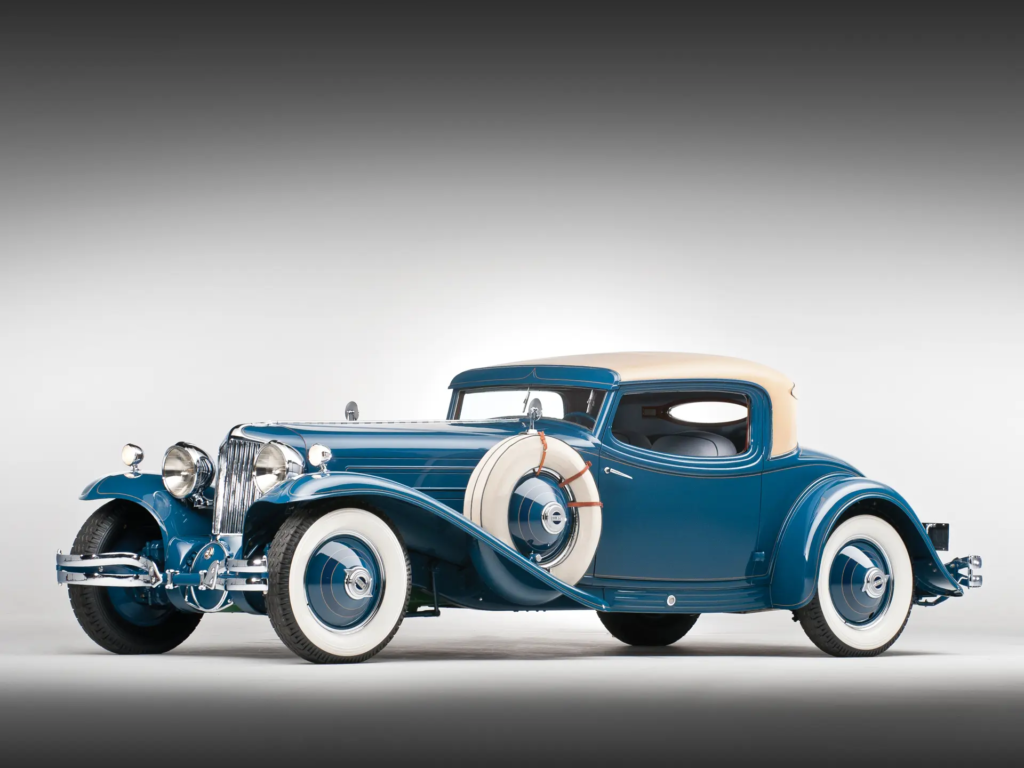
The Cord L-29 rolled out just months before the stock market went splat. Talk about bad timing. Its exterior design threw the rulebook out the window with a stance lower than anything else on the road. As America’s first front-wheel-drive production car, it wasn’t just different—it was revolutionary.
Cornelius van Ran created a sleek body with that distinctive coffin-nose hood (morbid name, gorgeous design). Flowing fenders extended from the body with elegant curves. The lower profile simply wasn’t possible with traditional drivetrains. It’s like watching a basketball player gracefully duck through a low doorway—surprising yet somehow natural.
1929 Cord L-29 (Interior)
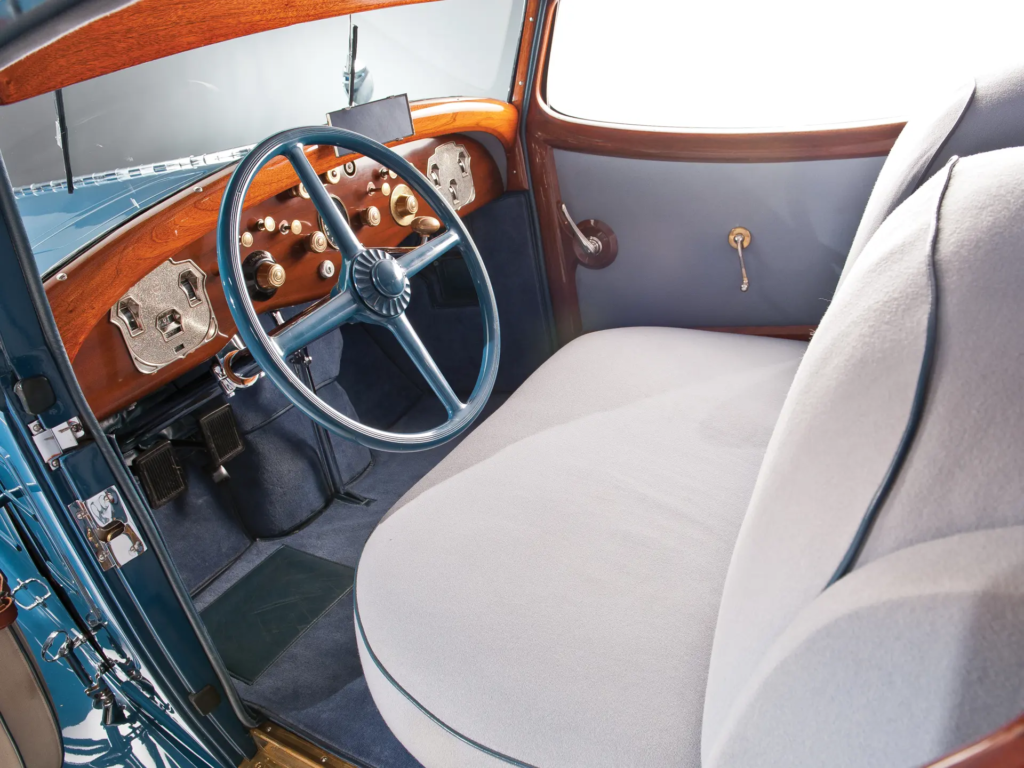
Inside, drivers got a cockpit that mixed luxury with forward-thinking design. No transmission tunnel meant a flatter floor and roomier cabin. This seemingly small change made competitors’ interiors feel instantly outdated. (Amazing what moving some mechanical bits around can accomplish.)
A 4.9L straight-8 engine produced 125 horsepower—enough for 80 mph when most roads were still dirt. Cord built about 4,400 units before pulling the plug in 1932. At $3,000 (that’s $47,000+ today), most folks couldn’t swing it during the Great Depression. Tough crowd.
13. 1928 Mercedes-Benz SSK (Exterior)

The Mercedes-Benz SSK—Super Sport Kurz (German for “Super Sport Short”)—sits at the top of every vintage race car wishlist. Its shortened wheelbase design helped it corner like nothing else. The long, louvered hood wasn’t just for show—it housed a monstrous 7.1L supercharged inline-6 engine.
This beast delivered 250 horsepower when most cars struggled to make 50. Racing circuits didn’t need beauty queens, so Mercedes kept it functional with minimal fenders. An upright windscreen (barely) and exposed spare tire completed the package. The SSK handled European racing circuits like a samurai’s sword—purpose-built, perfectly balanced, and deadly effective.
1928 Mercedes-Benz SSK (Interior)

Inside, Mercedes didn’t waste time on frivolous luxuries. The cockpit prioritized function over comfort in every possible way. A large steering wheel required serious muscle to turn, especially at racing speeds. (No power steering here—just pure German mechanical connection.)
Leather bucket seats provided minimal comfort but maximum support during aggressive cornering. The simple dashboard displayed only essential gauges for monitoring the engine. Mercedes built just 33 SSKs, making them rarer than honest politicians. With only a handful surviving today, they command prices that would make even Jeff Bezos think twice.
12. 1925 Bugatti Type 35A (Exterior)

Think of the Bugatti Type 35A as the “budget” Bugatti of its day. Known as the “TLA”, it delivered serious performance without requiring a royal treasury. The horseshoe-shaped radiator—now a Bugatti hallmark—fronted a beautifully proportioned body that turned heads at every corner.
Its sculpted shape featured minimal fenders and perfect proportions. Wire wheels made from Bugatti’s proprietary alloy reduced unsprung weight. The Type 35A sat on the road like a sprinter in the starting blocks—poised, balanced, and ready for action. Every curve and component had purpose, nothing wasted or added for mere decoration.
1925 Bugatti Type 35A (Interior)

Inside, you’d find a cockpit that would make minimalist designers weep with joy. A polished aluminum dashboard housed only essential gauges. The large steering wheel transmitted every road imperfection directly to your hands. (Power steering? That’s for people who don’t really want to drive.)
The 2L straight-8 engine made a respectable 75 horsepower and could hit 90 mph. Ettore Bugatti cleverly cut costs with a ball-bearing crankshaft and smaller valves. He created the perfect middle ground between all-out racers and ordinary road cars. The cabin feels like an expensive watch—everything you need, nothing you don’t. Like expensive things? Here’s a look into the highest-cost celebrity car collections.
11. 1929 Isotta Fraschini Tipo 8A (Exterior)

Need something that screams “I have more money than small countries”? The Isotta Fraschini Tipo 8A has you covered. Built on a wheelbase measuring a ridiculous 145 inches—longer than some Manhattan apartments—this Italian status symbol gave coachbuilders an enormous canvas to work with.
Elite firms like Castagna, Fleetwood, and Durham crafted bespoke bodies with flowing fenders and elegant hood lines. Every Tipo 8A looked different because wealthy clients wouldn’t be caught dead driving something that resembled another car. The design philosophy was simple—make it big, make it bold, and make sure everyone notices. This car spread across the road like butter on hot toast—smooth, rich, and unapologetically indulgent.
1929 Isotta Fraschini Tipo 8A (Interior)

Step inside a Tipo 8A and you’d immediately realize why your bank account was suddenly empty. Cabins featured exotic woods that probably caused deforestation and hand-tooled leather from cows that likely received daily massages. Each interior included personal touches for owners—mostly royalty and Hollywood elite. (Nothing says “I’ve made it” quite like a car that costs more than most homes.)
The 7.3L straight-8 engine produced between 115 and 160 horsepower, delivering acceleration with refined dignity. The Tipo 8A gained immortality when it starred in Sunset Boulevard, perfectly symbolizing faded glamour and excess. Even today, it makes modern luxury cars look mass-produced and common.
10. 1928 Mercedes-Benz 680S Saoutchik Torpedo (Exterior)
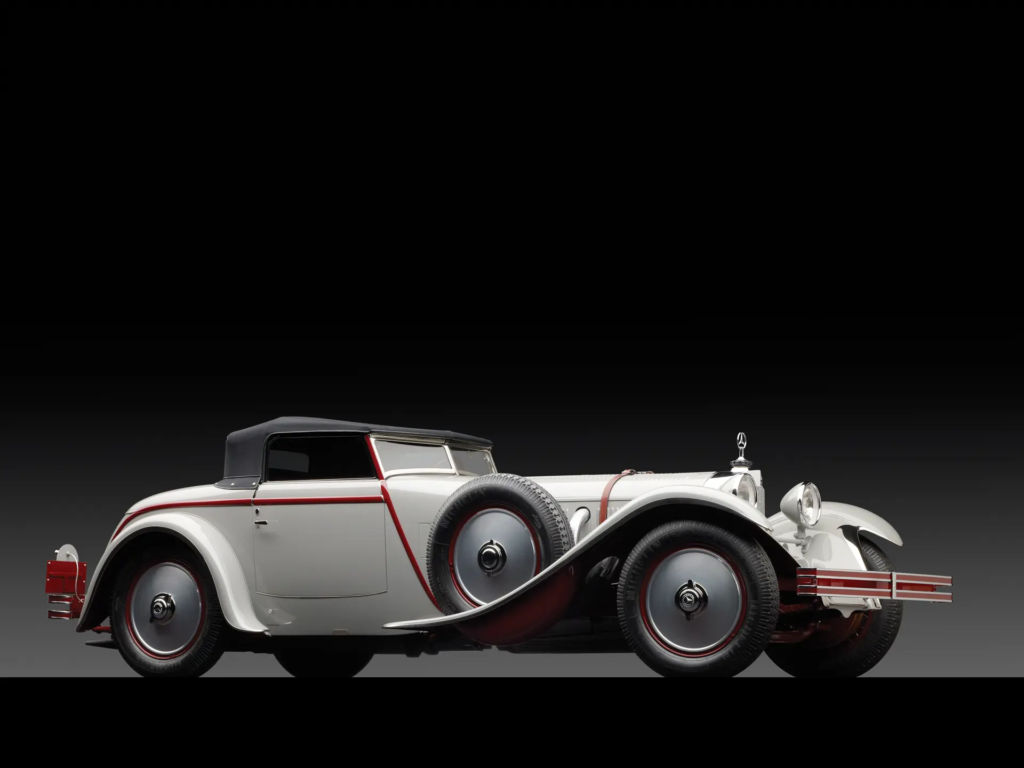
The Mercedes-Benz 680S Saoutchik Torpedo isn’t just a car—it’s automotive haute couture. Legendary coachbuilder Jacques Saoutchik designed this rolling sculpture with a dramatically low profile that made other luxury cars look positively bloated. The impossibly long hood stretched forward like it was reaching for the horizon.
A short, tapered rear deck completed the flowing silhouette. The sleek lines and minimal ornamentation won Best of Show at the 2012 Pebble Beach Concours d’Elegance. (Yes, a 1928 car beat modern exotics nearly a century later. That’s staying power.) The Torpedo cuts through visual noise like a hot knife through butter—clean, purposeful, and surprisingly modern.
1928 Mercedes-Benz 680S Saoutchik Torpedo (Interior)
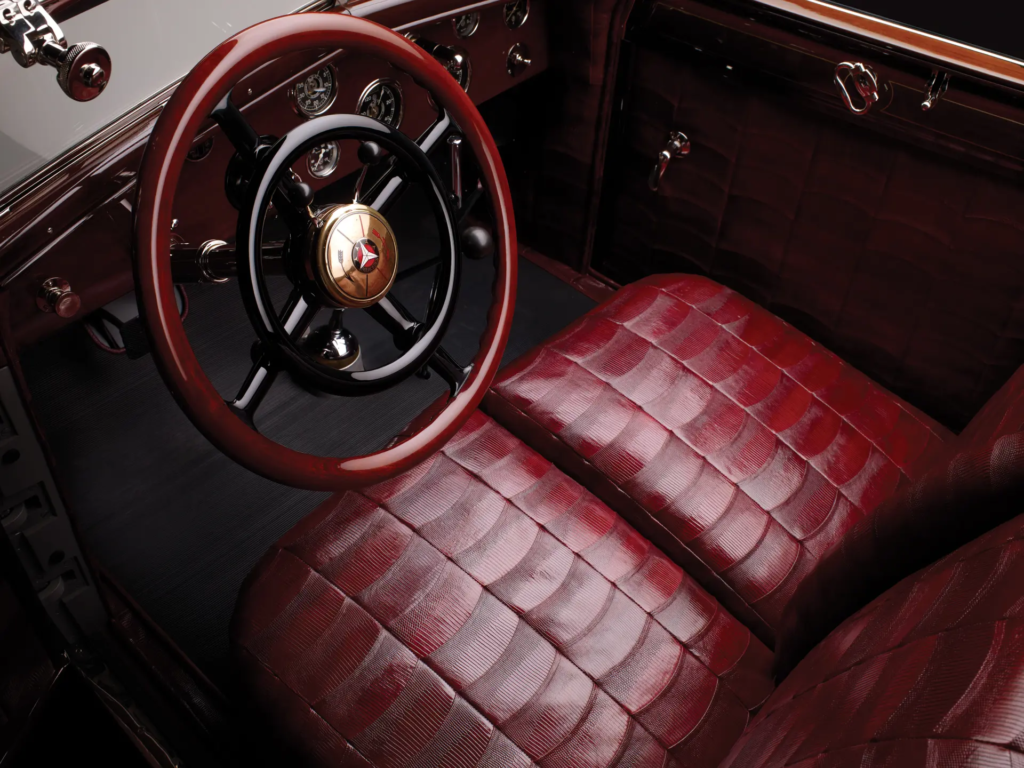
Inside, the Torpedo balanced luxury with sporting intent in ways modern cars still struggle to achieve. Hand-selected materials and exquisite craftsmanship greeted lucky occupants. The dashboard combined function and beauty with elegant gauges set in polished panels. (Try finding that level of detail in today’s plastic-fantastic interiors.)
A 6.8L supercharged inline-6 engine produced 180 horsepower, developed by a young Ferdinand Porsche before he started his own little car company. The engine delivered power with Germanic precision wrapped in French elegance. Owning one today requires both extraordinary wealth and excellent connections—most survive in museums or closely-guarded private collections.
9. 1923 Rolls-Royce 20 (Exterior)
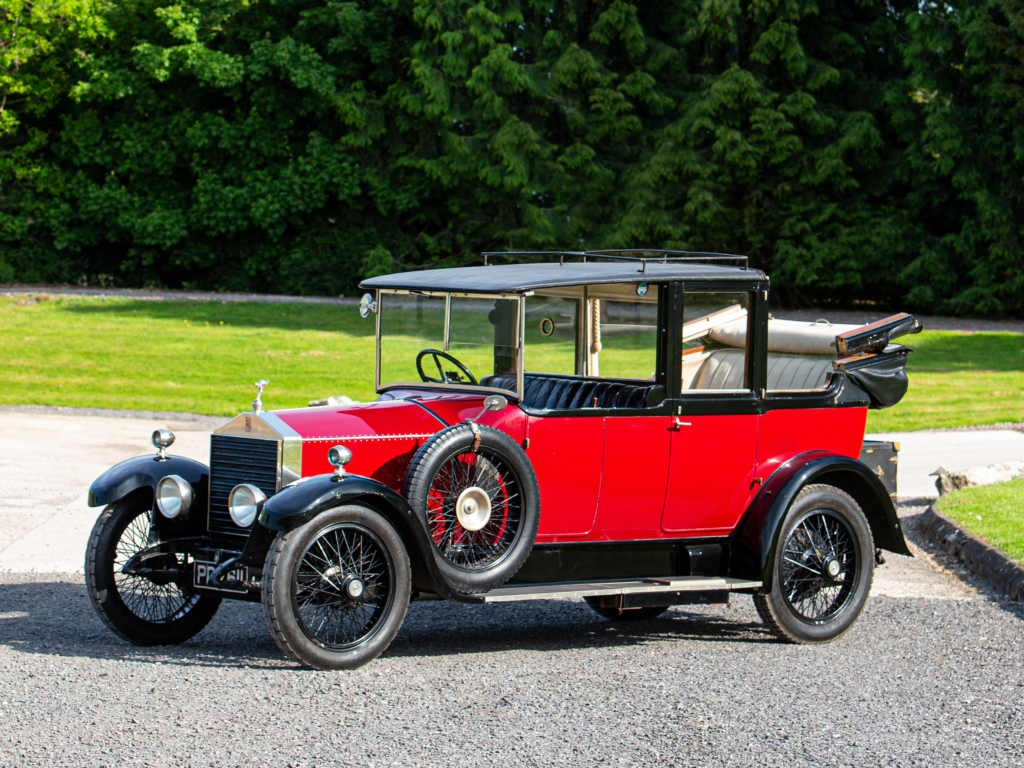
The Rolls-Royce 20 democratized luxury motoring, which for Rolls-Royce meant “slightly less astronomical in price.” This more accessible model targeted the merely wealthy rather than the obscenely rich. Its upright radiator and elegant fenders maintained proper Rolls-Royce dignity on a slightly smaller scale.
Dignified proportions adapted to post-WWI reality when many aristocrats found themselves with smaller garages and thinner wallets. The design walked a tightrope between prestigious ostentation and subtle refinement. Like a perfectly tailored suit rather than a jewel-encrusted crown, the Rolls-Royce 20 communicated status without shouting about it.
1923 Rolls-Royce 20 (Interior)
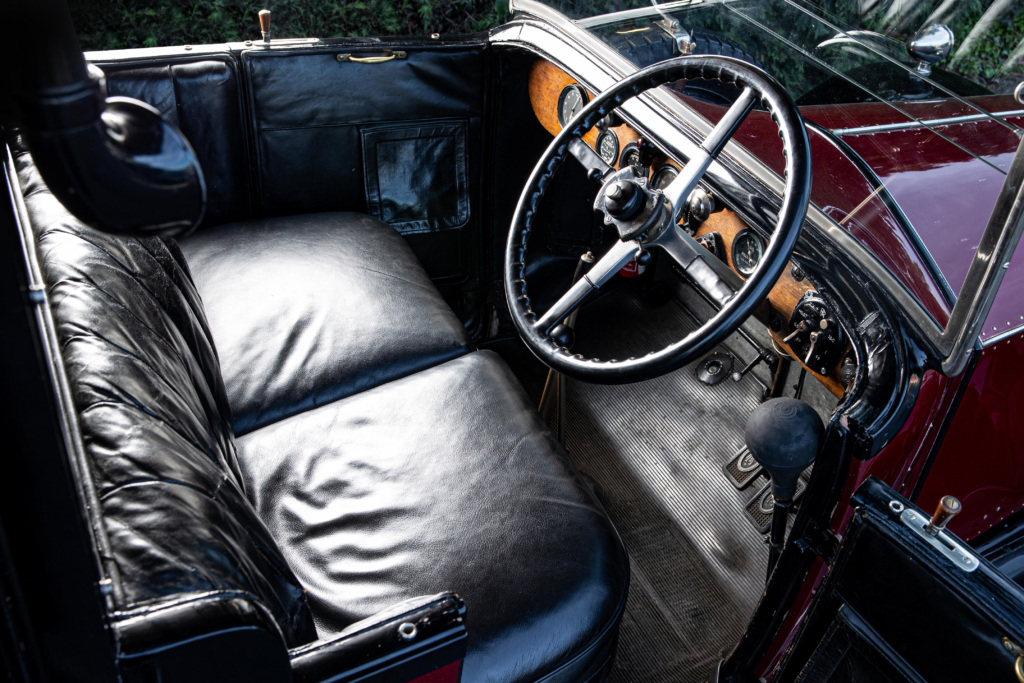
Inside, Rolls-Royce maintained their commitment to craftsmanship despite the (relatively) accessible pricing. Quality materials lined every surface. Though perhaps not quite as opulent as the larger models, the interior still put most other luxury cars to shame. (When Rolls-Royce cuts corners, they use gold-plated scissors.)
A 3.1L six-cylinder engine produced 50 horsepower with trademark silent operation. Initially equipped with three forward speeds, later models received four-speed transmission. Owners selected custom bodies from prestigious coachbuilders like Barker and Mulliner. The car offered the perfect solution for those who needed to appear successful during uncertain economic times.
8. 1926 Hispano-Suiza H6B (Exterior)
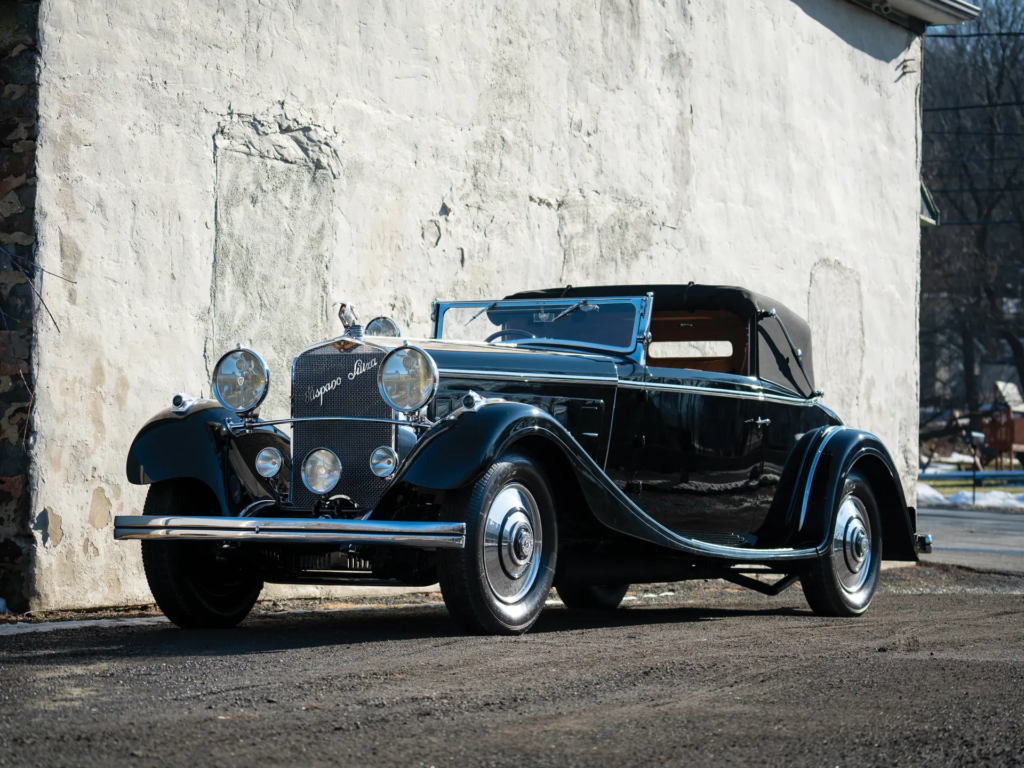
The Hispano-Suiza H6B sounds like a robot designation but delivered old-world craftsmanship with cutting-edge technology. Its distinctive stork emblem—adopted after their aircraft engines powered WWI fighter planes—stood proudly on a radiator that announced serious luxury. This wasn’t transportation; it was an event.
Coachbuilders created bodies of extraordinary elegance with sweeping fenders and perfect proportions. Aviation pioneer André Dubonnet and the Maharaja of Mysore commissioned custom examples. With its long hood and stately presence, the H6B commanded attention like a conductor before an orchestra—quiet authority rather than brash showmanship.
1926 Hispano-Suiza H6B (Interior)
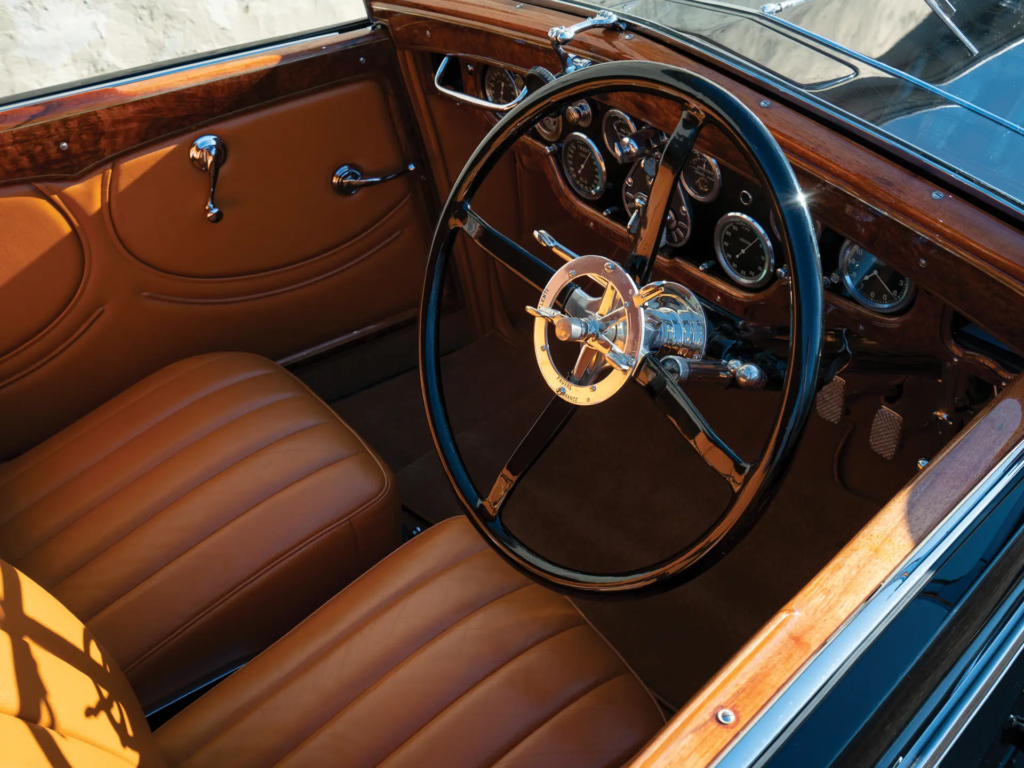
The H6B’s interior exemplified European luxury when that actually meant something. Hand-crafted wood trim and supple leather covered every surface. Meticulous detail work throughout the spacious cabin rewarded close inspection. (They probably spent more time finishing a door handle than some manufacturers spend on entire interiors today.)
The 6.6L straight-6 engine made around 135 horsepower using aircraft technology. Aluminum construction and overhead camshafts were exotic features in the 1920s. Most revolutionary was the servo-assisted braking system—the first of its kind—which actually allowed the car to stop as well as it went. What a concept!
7. 1928 Duesenberg Model J (Exterior)
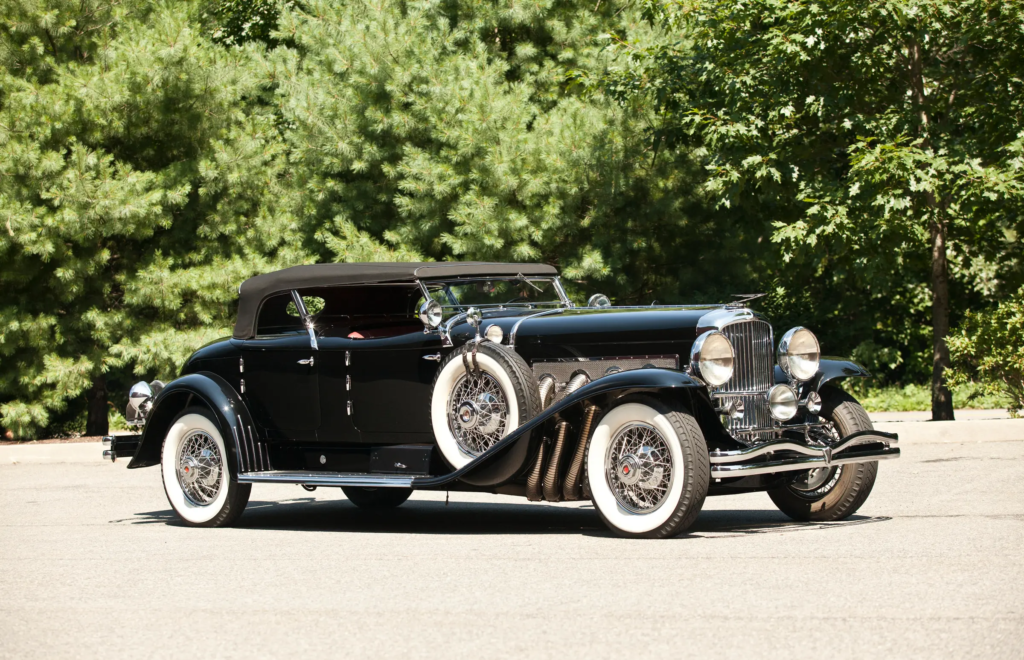
The Duesenberg Model J doesn’t just represent the peak of American automotive ambition—it screams it from the rooftops. Premiering at the 1928 New York Car Show, it made everything else look instantly obsolete. Its commanding presence started with a massive chrome radiator grille topped by an art deco hood ornament.
Elegant fenders flowed from a long hood that telegraphed the power underneath. Custom bodies from coachbuilders like Murphy and LeBaron ensured no two looked exactly alike. The Model J sat at the curb like a Wall Street banker at a soup kitchen—imperious, imposing, and completely out of place in a world sliding into economic disaster.
1928 Duesenberg Model J (Interior)
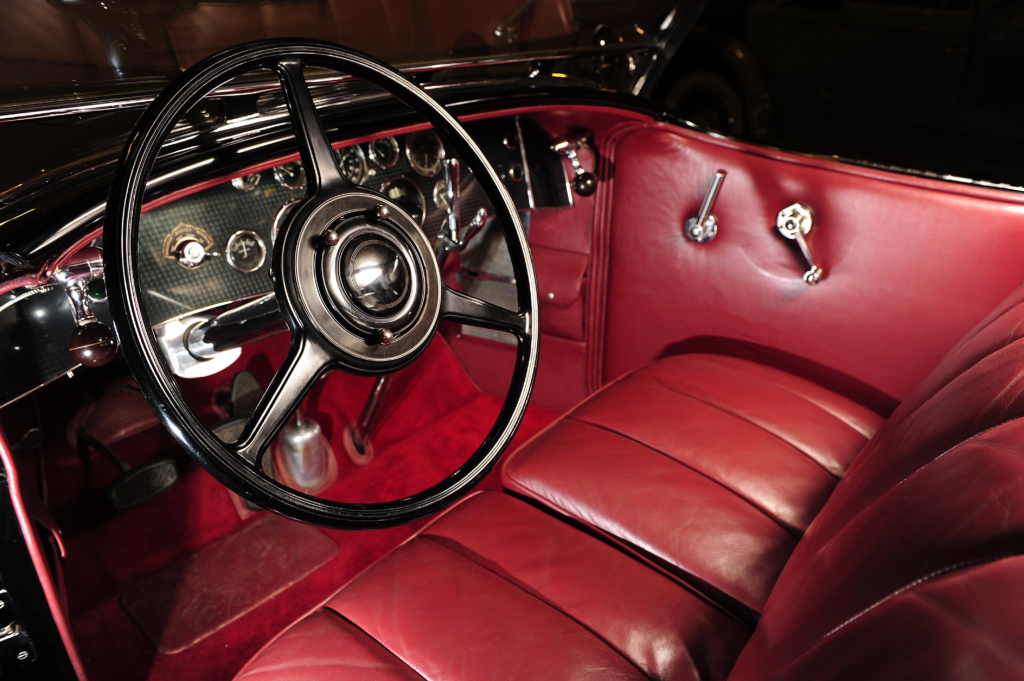
Sliding into a Model J’s leather seat was like entering a private club that most people didn’t know existed. The scent of rich mahogany and hand-stitched leather enveloped occupants. The substantial steering wheel required genuine effort to turn. (Exercise equipment included at no extra charge!)
The 6.9L straight-eight engine produced an astounding 265 horsepower when a Ford Model A made about 40. It reached speeds up to 116 mph, limited mostly by terrible roads and primitive tire technology. Prices ranged from $8,500 to $13,000—over $130,000 today—making it the ultimate statement during the Depression. Nothing says “financial crisis resistant” quite like a Duesenberg.
6. 1929 Blower Bentley (Exterior)

| License
The Blower Bentley embodies raw performance like a heavyweight boxer in a tuxedo—technically dressed up, but ready to knock you out. Sir Henry “Tim” Birkin created this monster by taking the already potent Bentley 4½ Litre and adding a supercharger that sat prominently in front of the radiator like an automotive middle finger to subtlety.
The imposing, upright body featured minimal weather protection. Function dominated form in every design decision. Racing journalist L.J.K. Setright called it “the most brutal expression” of a speed machine ever imagined. With its massive presence and visible supercharger, the Blower Bentley intimidated other cars off the road like a bouncer clearing a path through a crowded club.
1929 Blower Bentley (Interior)

The Blower Bentley’s interior makes modern performance cars look like day spas. The spartan cockpit featured only essential gauges on a simple dashboard. Firm leather seats provided just enough padding to prevent spinal damage during high-speed driving. (Comfort was for people who didn’t have anywhere important to be.)
Exposed gear linkage allowed quick shifts without unnecessary mechanical barriers. The large steering wheel gave drivers leverage needed to wrestle this beast around corners. The supercharger bumped power to 242 horsepower, enabling speeds up to 137 mph when most roads weren’t even paved. Bentley made only 55 Blowers, ensuring their legendary status and astronomical modern values.
5. 1927 Bugatti Type 41 Royale (Exterior)
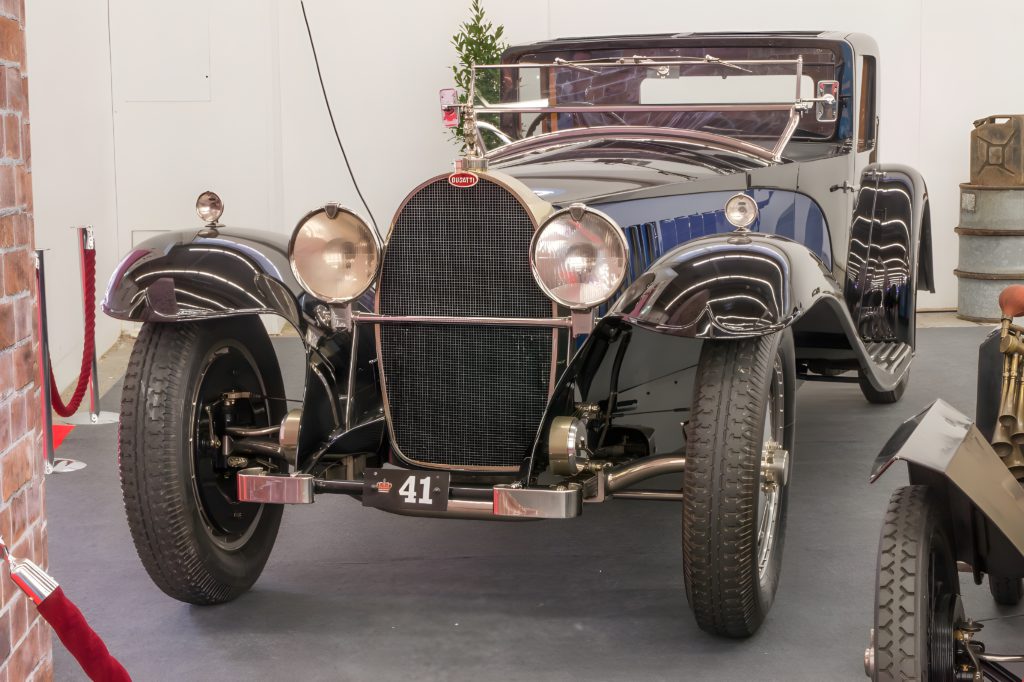
The Bugatti Type 41 Royale makes modern luxury SUVs look like sensible economy choices. Ettore Bugatti designed it specifically for royalty and refused to sell to those he deemed unworthy. (Imagine telling a billionaire, “Sorry, not fancy enough for this car.” That’s confidence.)
The Royale’s dimensions boggle the mind: a 169-inch wheelbase supporting a 21-foot length. The massive hood concealed an engine compartment that could double as a studio apartment. An elephant hood ornament (sculpted by Ettore’s brother Rembrandt Bugatti) crowned the iconic radiator. Standing next to a Royale makes you feel like you’ve been shrunk in a bizarre scientific experiment.
1927 Bugatti Type 41 Royale (Interior)
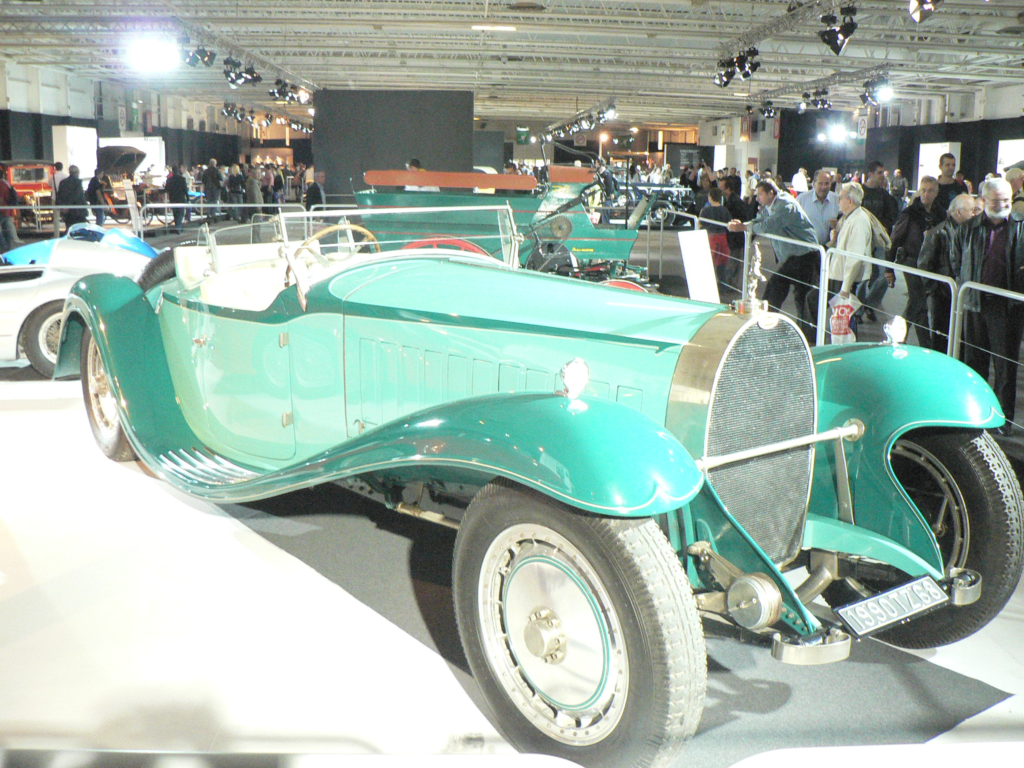
The Royale’s interior represented handcrafted luxury taken to illogical extremes. Each of the six examples featured unique cabin designs. Materials and craftsmanship existed in a realm beyond even other ultra-luxury cars. Drivers faced dashboards with hand-finished gauges set in rare woods and precious metals. (Because ordinary gold was apparently too common.)
The gigantic 12.7L straight-8 engine—originally designed for aircraft—generated 300 horsepower with whisper-quiet operation. Weighing approximately 7,000 pounds, the Royale cost around $30,000 when a nice house was $3,000. Only the Wall Street crash prevented Bugatti from selling more than six examples, creating what might be the most exclusive production car ever made.
4. 1927 Bentley 3 Litre (Exterior)
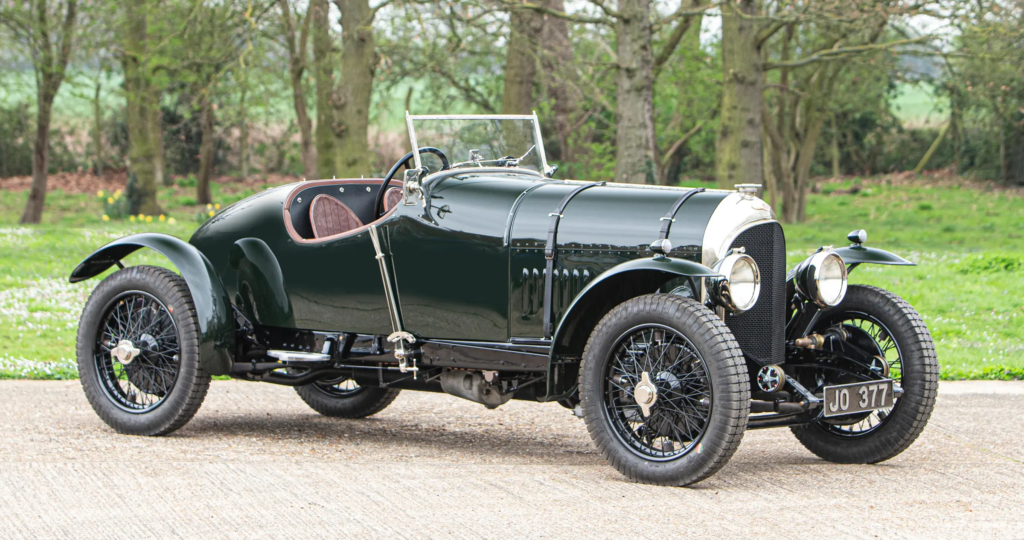
The Bentley 3 Litre defined British racing heritage when racing still required a stiff upper lip and proper manners. As Bentley’s first car, it established design elements that defined the brand for generations: an upright radiator, sturdy fenders, and a purposeful stance that meant business.
The design maintained aristocratic dignity while clearly built for speed. Available in three variants—standard Blue Label, high-performance Red Label, and racing-oriented Green Label—each featured distinctive visual cues. The 3 Litre had the buttoned-down appearance of an English gentleman who could nonetheless handle himself in a street fight if things went sideways.
1927 Bentley 3 Litre (Interior)
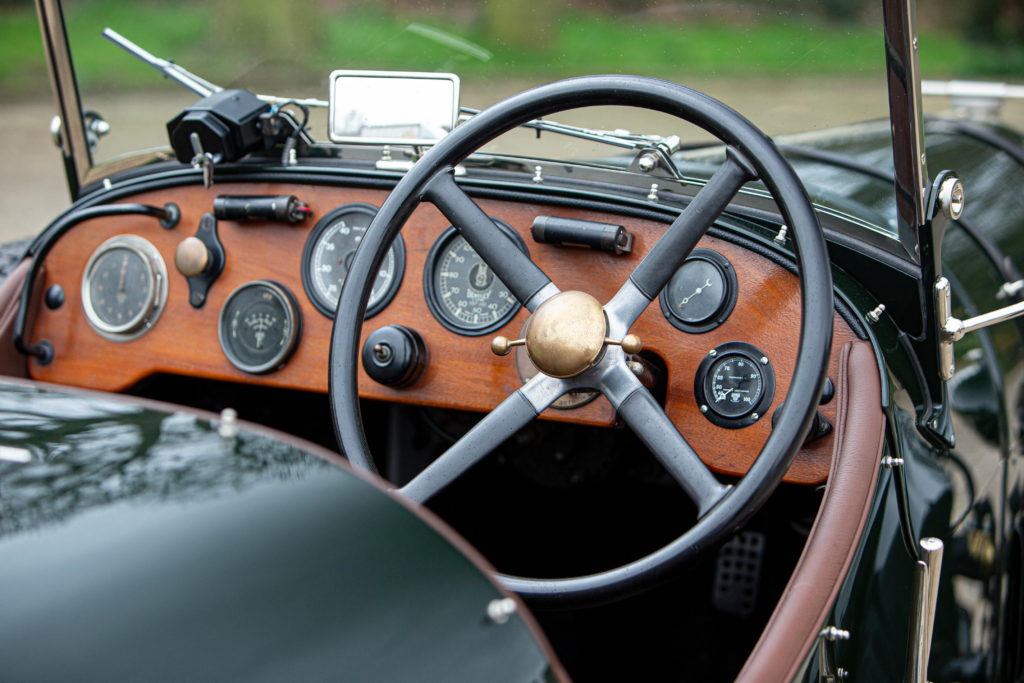
The 3 Litre’s interior balanced sporting intent with British luxury in ways modern manufacturers still struggle to achieve. Quality leather seating and wood trim provided comfort without excess. Everything focused on driving with clear instruments and perfectly positioned controls. (Function first, but no need to be uncivilized about it.)
A 3L four-cylinder engine with an overhead camshaft delivered 70 horsepower in standard form. The Red Label reached 90 mph while the Green Label exceeded 100 mph—terrifying speeds on 1920s roads. This engineering prowess helped Bentley win Le Mans in both 1924 and 1927, establishing racing credentials that still add luster to the brand nearly a century later.
3. 1928 Cadillac Convertible Coupe (Exterior)
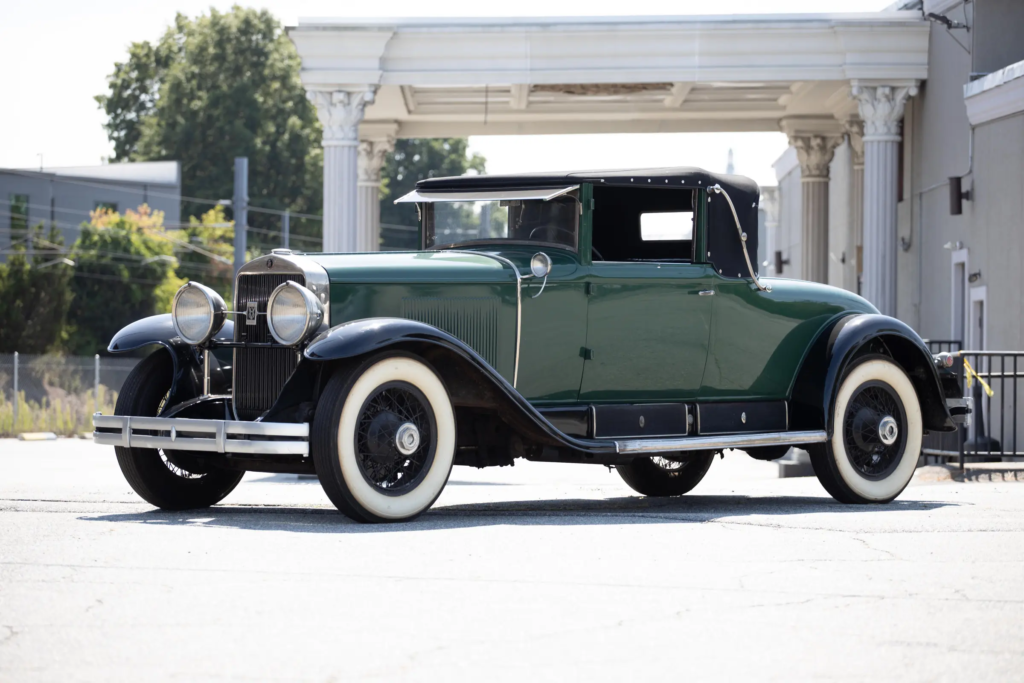
The 1928 Cadillac Convertible Coupe represented American luxury when that meant something more than plastic trim and marketing hype. The elegant body featured flowing fenders and a distinctive upright radiator grille with the Cadillac crest. Clean lines reflected emerging Art Deco influence without going overboard.
Unlike European luxury cars requiring custom coachwork, Cadillac offered sophisticated design straight from the factory. This democratized elegance for America’s growing professional class. The design had the confident presence of a self-made success—substantial without being showy, elegant without being fussy.
1928 Cadillac Convertible Coupe (Interior)

Inside, Cadillac offered genuine luxury that didn’t require an imported accent to be taken seriously. Soft leather seats and fine wood trim throughout the cabin welcomed occupants. Both driver and passenger enjoyed thoughtful details reflecting Cadillac’s attention to quality. (American luxury hadn’t yet discovered the cost-cutting department.)
A 5.6L V8 produced approximately 90 horsepower with smooth, refined operation. Advanced technologies included hydraulic brakes that actually stopped the car when needed. This combination of style, luxury, and innovation established Cadillac’s slogan as “The Standard of the World.” For once, advertising copy wasn’t just making things up—Cadillac had the goods to back the claim.
2. 1929 Chrysler Model 75 (Exterior)

The Chrysler Model 75 combined affordability with genuinely stylish design when most affordable cars looked like farm equipment with aspirations. Walter P. Chrysler insisted good design shouldn’t be reserved for luxury vehicles. This philosophy resulted in a car with graceful proportions that belied its accessible price point.
Available in several body styles—sedan, coupe, convertible, roadster, or tourer—the Model 75 gave regular folks choices typically reserved for the country club set. The styling balanced presence with restraint, like a well-tailored business suit rather than an expensive tuxedo—professional, dignified, and appropriate for everyday success without showing off.
1929 Chrysler Model 75 (Interior)

The Model 75’s interior brought luxury touches to mainstream automobiles when “economy car” usually meant sitting on what felt like park benches. Comfortable cloth or optional leather upholstery welcomed passengers. The well-designed dashboard with clear instrumentation made driving intuitive. (Revolutionary concept: gauges you could actually read!)
A responsive 4.1L inline-6 engine produced 75 horsepower—enough to reach its namesake speed of 75 mph. The 121-inch wheelbase struck an ideal balance between road presence and parking practicality. Chrysler incorporated hydraulic brakes when competitors still used mechanical systems that required the leg strength of an Olympic athlete to operate effectively.
1. 1920 Hudson Super Six (Exterior)

The Hudson Super Six exemplified the transition from early utilitarian automobiles to machines you wouldn’t be embarrassed to be seen in. Its conservative yet handsome styling featured a tall radiator and separate fenders. An upright windshield completed the classic profile of early 1920s American cars.
Though less flamboyant than later Jazz Age designs, the Hudson’s honest appearance reflected its engineering excellence. The straightforward design focused on durability and function. Like a reliable character actor rather than a temperamental star, the Super Six built its reputation on consistently delivering what was promised without drama or excessive flair.
1920 Hudson Super Six (Interior)

The Super Six interior prioritized comfort and practicality when those qualities weren’t guaranteed in automobiles. The cabin reflected Hudson’s focus on substance rather than flash. Durable upholstery and clear instrumentation made it ideal for actual travel rather than just posing at the country club. (What a concept—a car built for driving!)
Its 4.7L inline-6 engine featured a balanced crankshaft—the first in a production automobile—generating 76 horsepower. Hudson’s engineering prowess showed when a Super Six set a cross-country record, traveling from San Francisco to New York in just over 5 days on roads that were barely more than wagon trails. The Super Six performed like the automotive equivalent of a Swiss Army knife—versatile, reliable, and surprisingly capable.—imperious, imposing, and completely out of place in a world sliding into economic disaster. Enjoyed this list of the rarest cars in the 1920s? You might like this list of rare supercars from the 90s.








